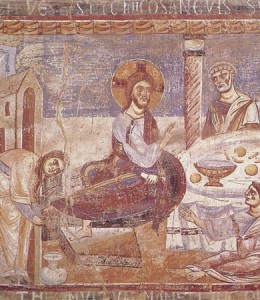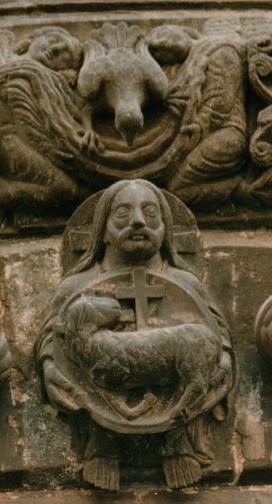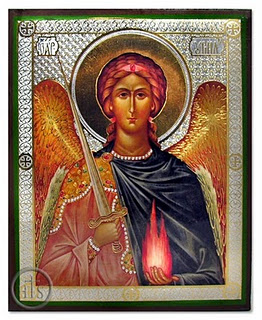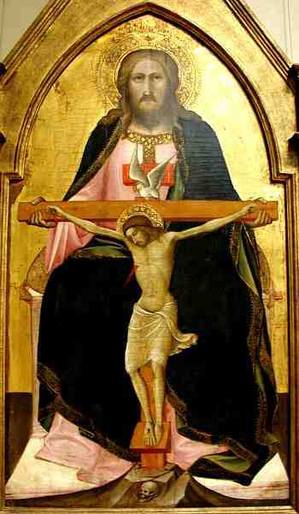
In case you heard a dreadful homily on the Holy Trinity today, you may rely on Saint Augustine. To be fair, this dogma is difficult to comprehend but we do have to give a reasonable explanation to what we believe. The Catholic faith is reasonable on all levels.
In the sacred Liturgy, our first theology, we prayed and lived in the last weeks the mysteries some of the crucial pieces of Christian life and salvation: the Paschal Mystery — the life, death, Resurrection, the Ascension, the Pentecost– and today, the Most Holy Trinity, and soon Corpus Christi, the Sacred Heart and the Immaculate Heart of Mary.
The teaching of the Church is that the Father created us, we are redeemed by Jesus (the Son) and sanctified by the Holy Spirit. The communio of the Persons of the Trinity demonstrates how we are to live and gives voice to what we aspire: life with God. The most important thing to understand about the Trinity is that God is not a solitary unit, but a community of persons: a community of Love. If God were a single person the love spoken of would be ego-centric. But what is revealed to us is the God is a community of three persons whose other name is Love (or, Mercy) and that Love is shared among themselves and with us. The communio of the Trinity is expressed and lived dynamically with others, that is, in relationship with others.
“There is, accordingly, a good which is alone simple, and therefore alone unchangeable, and this is God. By this Good have all others been created, but not simple, and therefore not unchangeable. “Created,” I say,-that is, made, not begotten. For that which is begotten of the simple Good is simple as itself, and the same as itself. These two we call the Father and the Son; and both together with the Holy Spirit are one God; and to this Spirit the epithet Holy is in Scripture, as it were, appropriated. And He is another than the Father and the Son, for He is neither the Father nor the Son. I say “another,” not “another thing,” because He is equally with them the simple Good, unchangeable and co-eternal. And this Trinity is one God; and none the less simple because a Trinity. For we do not say that the nature of the good is simple, because the Father alone possesses it, or the Son alone, or the Holy Ghost alone; nor do we say, with the Sabellian heretics, that it is only nominally a Trinity, and has no real distinction of persons; but we say it is simple, because it is what it has, with the exception of the relation of the persons to one another. For, in regard to this relation, it is true that the Father has a Son, and yet is not Himself the Son; and the Son has a Father, and is not Himself the Father. But, as regards Himself, irrespective of relation to the other, each is what He has; thus, He is in Himself living, for He has life, and is Himself the Life which He has.”
Saint Augustine, City of God, 11.10
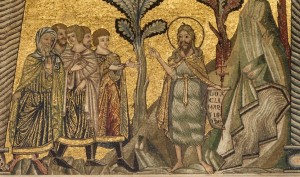 We have arrived at Gaudete Sunday, the Third Sunday of Advent. It’s a short time before the celebration of the Lord’s Nativity. In both forms of the sacred Liturgy we encounter the Lord’s cousin, Saint John the Baptist. The supreme lesson the Baptist teaches is that we are not Jesus, which seems obvious to say but in reality so many think they are the messiah and therefore do not live in humility. Here is an excerpt from a meditation by Saint Augustine on the Prophet Saint John the Baptist:
We have arrived at Gaudete Sunday, the Third Sunday of Advent. It’s a short time before the celebration of the Lord’s Nativity. In both forms of the sacred Liturgy we encounter the Lord’s cousin, Saint John the Baptist. The supreme lesson the Baptist teaches is that we are not Jesus, which seems obvious to say but in reality so many think they are the messiah and therefore do not live in humility. Here is an excerpt from a meditation by Saint Augustine on the Prophet Saint John the Baptist: